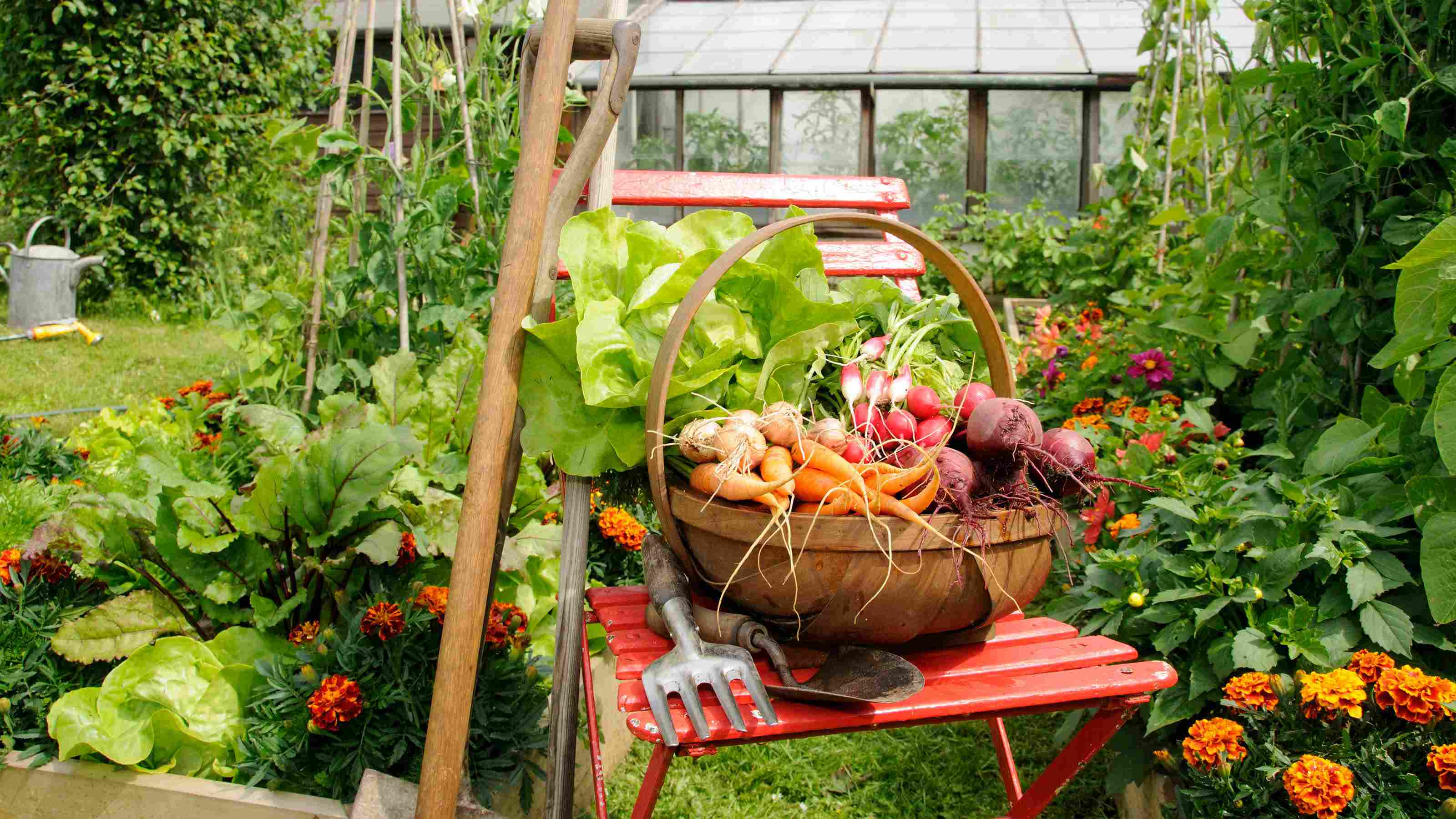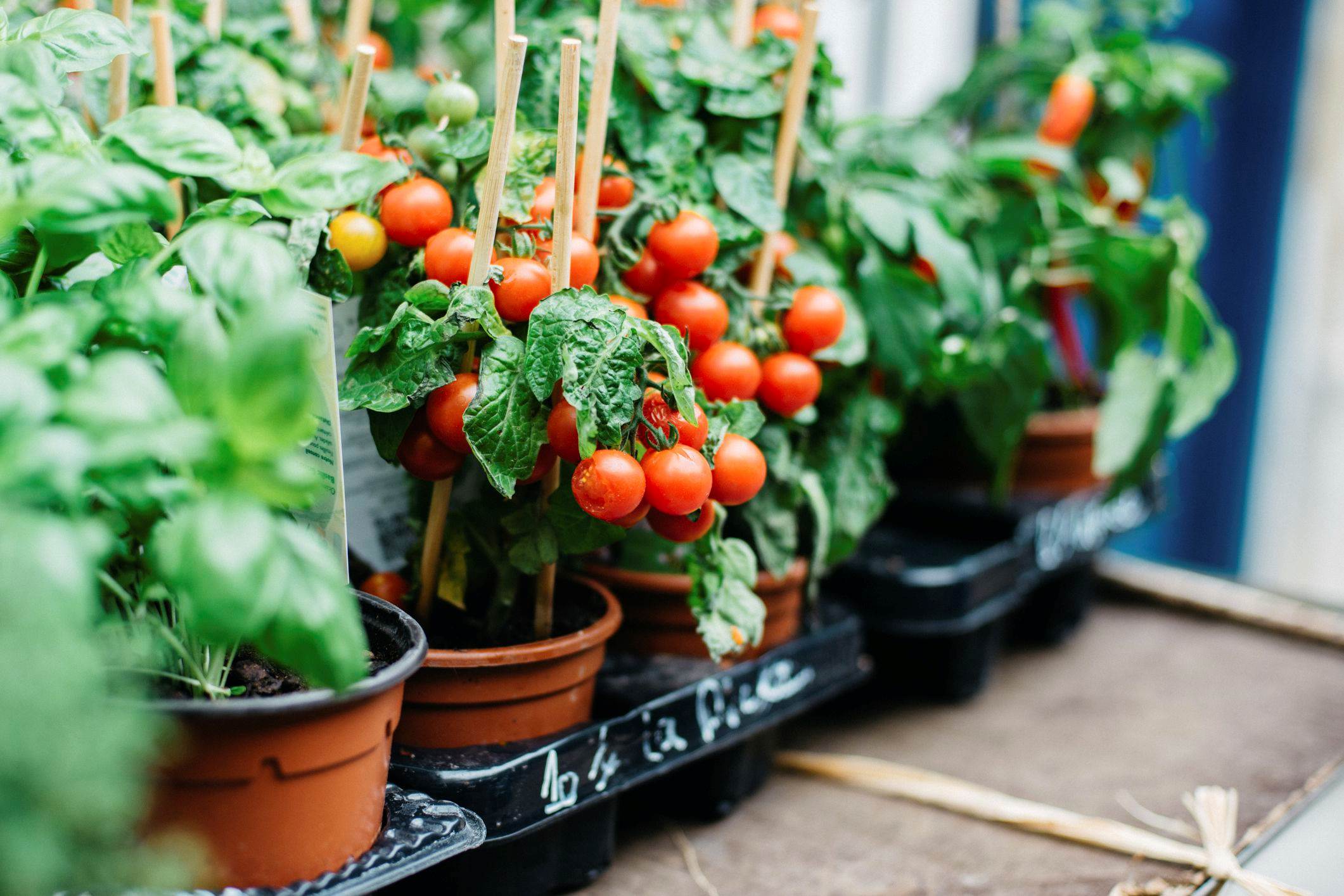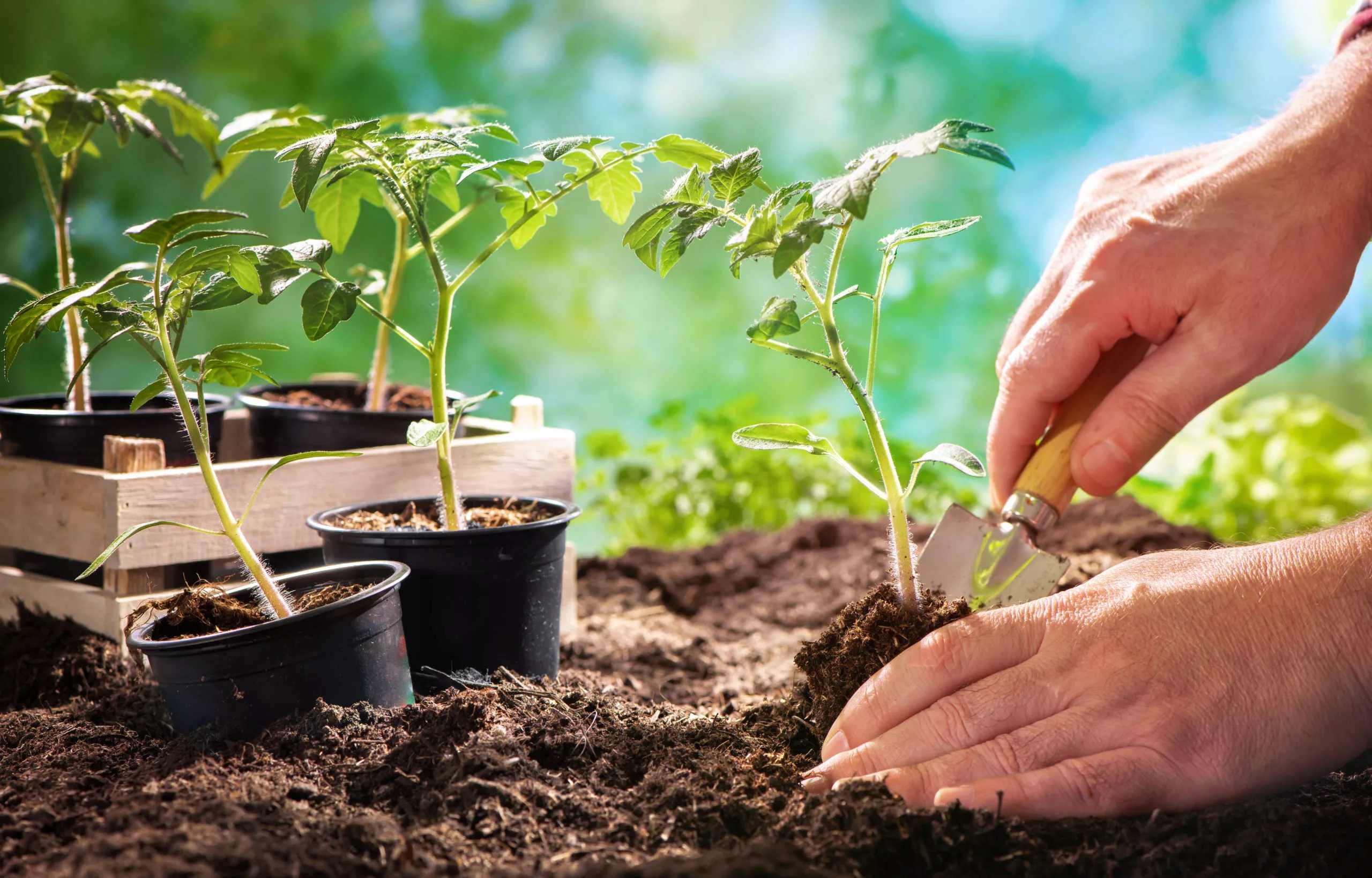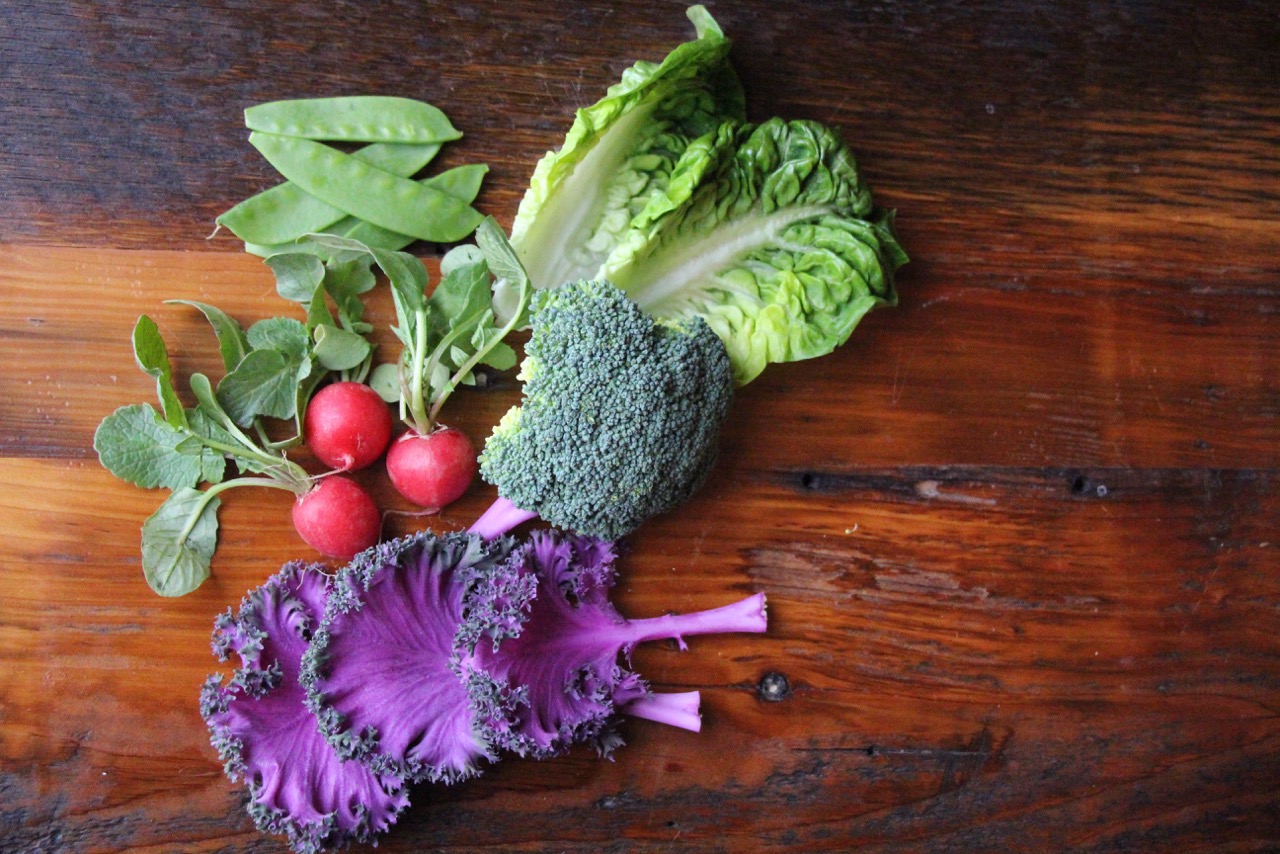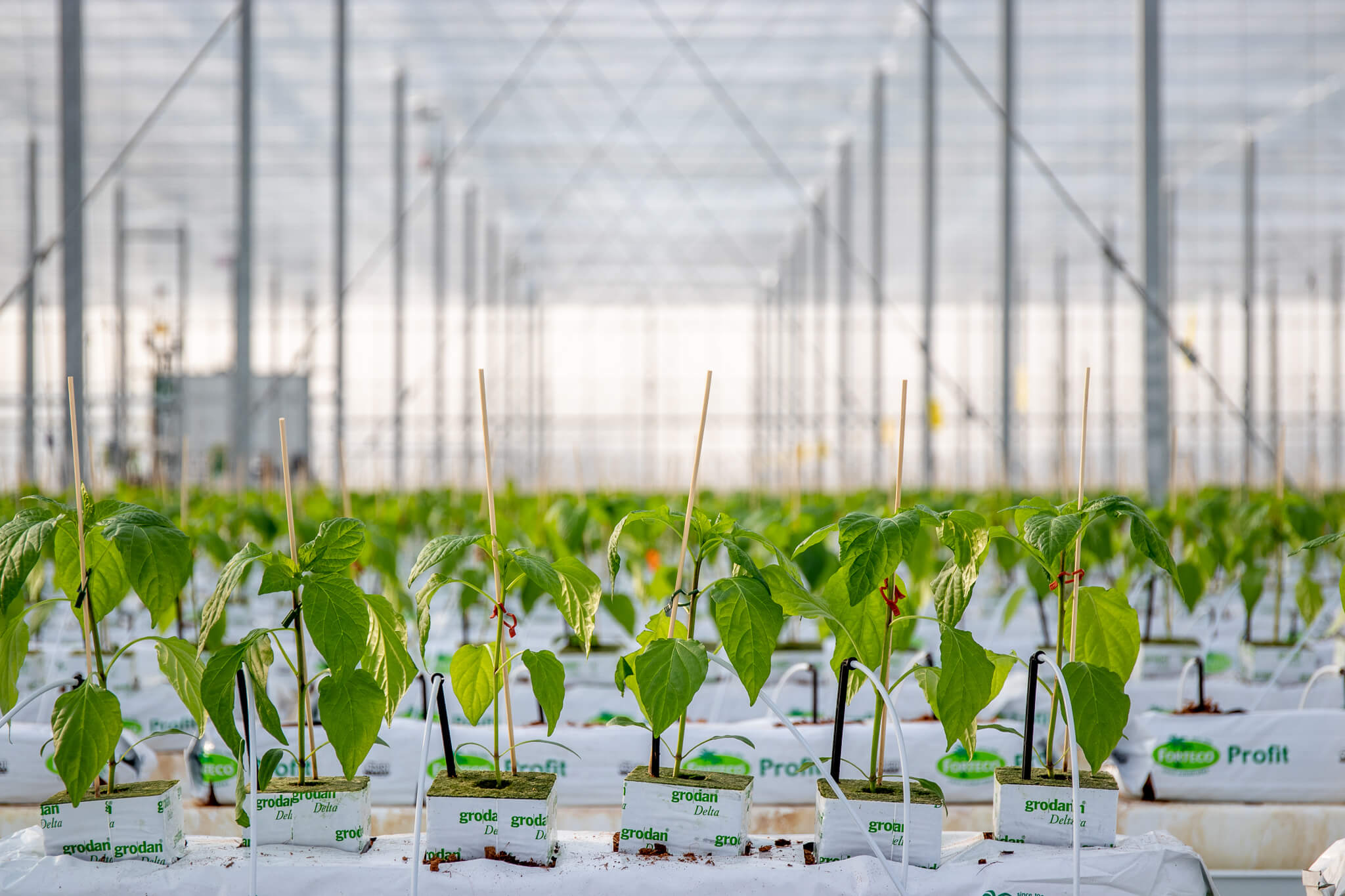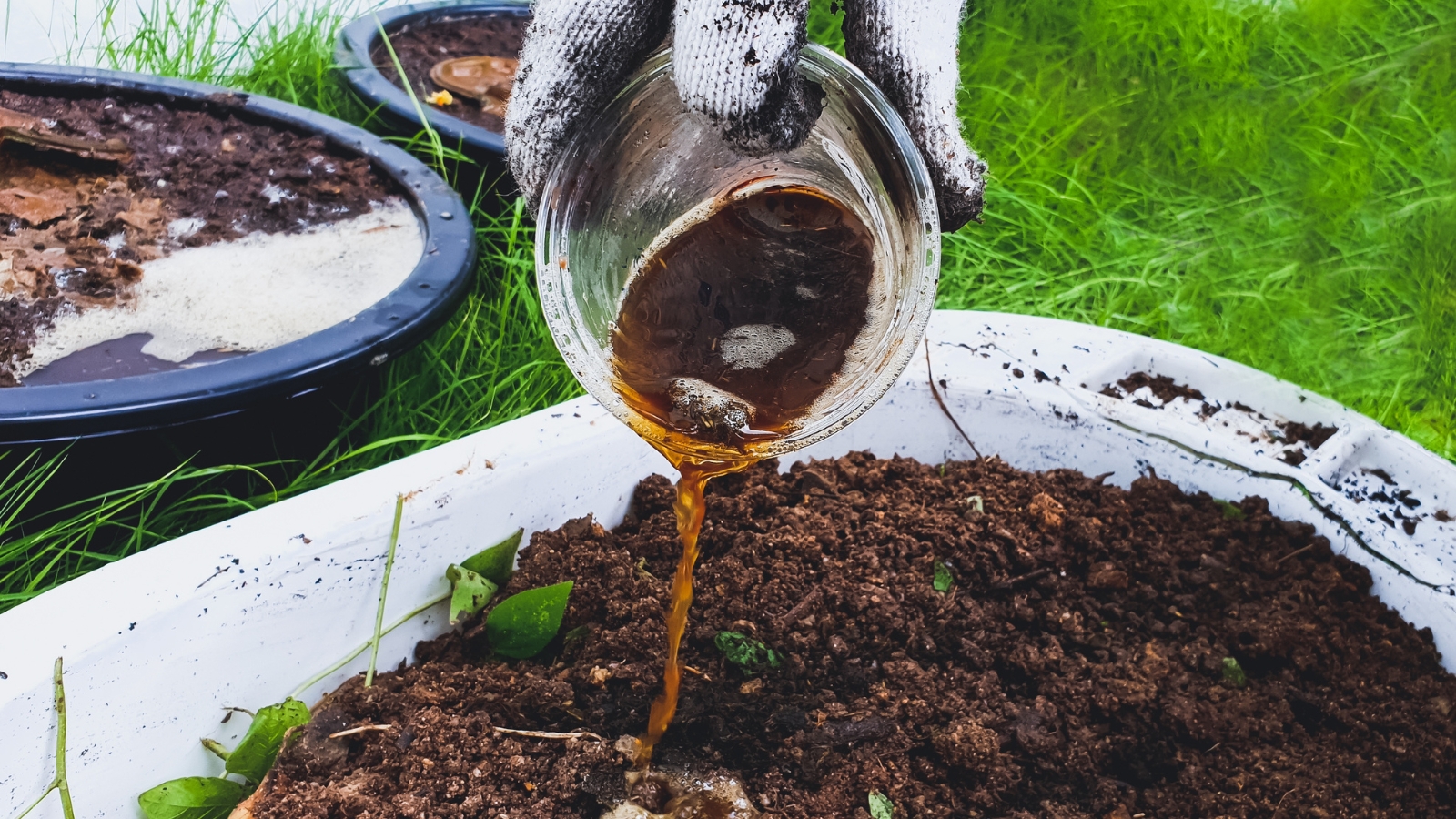Home>Gardening Basics>Understanding Soil>When To Plant Vegetables In Georgia
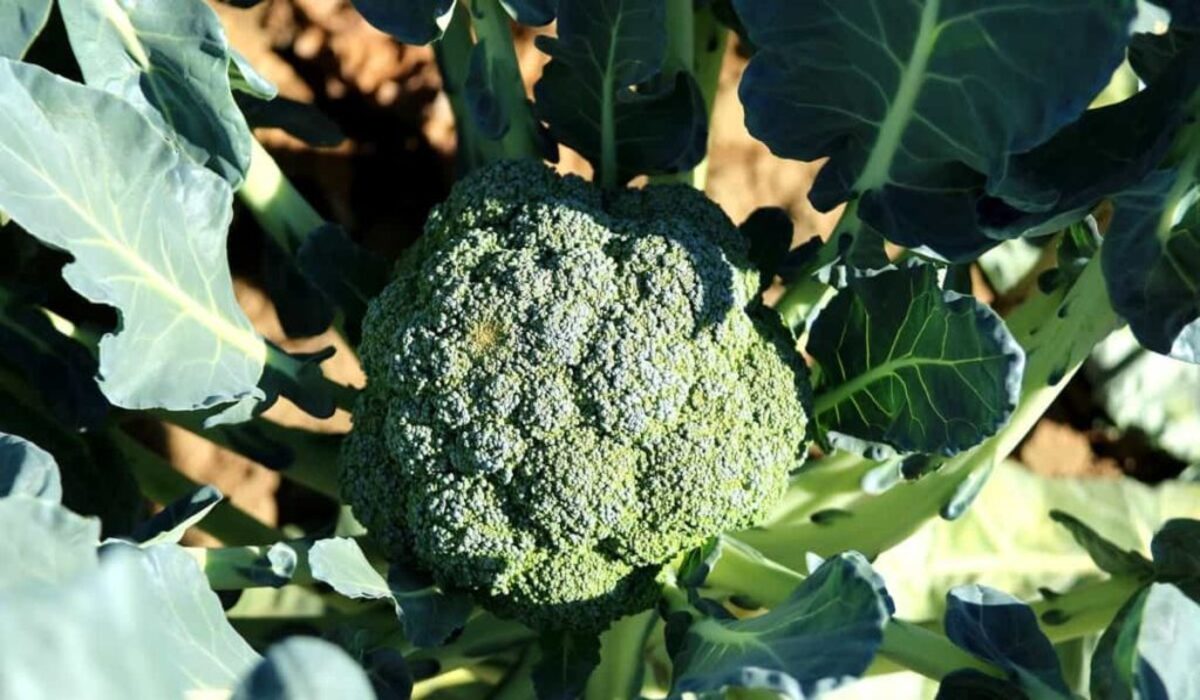

Understanding Soil
When To Plant Vegetables In Georgia
Modified: January 22, 2024
Learn the best times to plant vegetables in Georgia and how to understand soil conditions for optimal growing with our comprehensive guide.
(Many of the links in this article redirect to a specific reviewed product. Your purchase of these products through affiliate links helps to generate commission for Chicagolandgardening.com, at no extra cost. Learn more)
Table of Contents
Introduction
Welcome to the world of gardening in Georgia! If you’re a passionate gardener or a beginner looking to get your hands dirty, you’ve come to the right place. Georgia’s unique climate and diverse soil conditions make it an ideal region for growing a wide variety of vegetables. Whether you have a small backyard garden or a spacious plot, there’s something here for everyone.
Georgia is known for its warm and humid climate, providing an extended growing season for both cool and warm-season crops. The state’s fertile soil and ample rainfall create optimal conditions for robust plant growth and bountiful harvests. But to maximize your success as a Georgia gardener, it’s important to understand the nuances of the local climate and the proper time to plant different types of vegetables.
In this article, we will explore the recommended vegetable plants for Georgia, discuss the best time to plant them, and provide essential tips for successful gardening in the region. As an SEO expert with a deep understanding of soil and gardening practices, I’m here to guide you through the process, helping you create a thriving vegetable garden that can turn your outdoor space into a green oasis.
Whether you’re interested in growing classic staples like tomatoes and peppers or experimenting with unique varieties, the information provided here will empower you to make informed decisions and achieve stellar results. So, grab your gardening gloves, sharpen those trowels, and let’s dive into the wonderful world of vegetable gardening in Georgia!
The Georgia Climate
Before we dig into the details of vegetable gardening in Georgia, it’s important to understand the unique climate of the region. Georgia has a humid subtropical climate, characterized by hot and humid summers and mild winters. This climate classification means that the state experiences relatively long growing seasons, making it an ideal location for cultivating a wide range of vegetables.
During the summer months, temperatures in Georgia can reach highs of 90°F (32°C) or more, with high levels of humidity. This combination of heat and moisture creates a favorable environment for the growth of warm-season vegetables such as tomatoes, peppers, squash, and cucumbers.
Winters in Georgia are mild, with average temperatures ranging from 40°F (4°C) to 60°F (15°C). While frost does occur in some areas, it is generally limited in duration and intensity. This makes it possible to grow a variety of cool-season crops such as lettuce, spinach, broccoli, and carrots throughout the colder months.
The rainfall patterns in Georgia are also worth considering when planning your vegetable garden. The state receives an average annual rainfall ranging from 40 inches (1016 mm) in the northern part to 55 inches (1397 mm) in the southern part. The highest rainfall occurs during the summer months, providing essential moisture for plant growth. However, it’s important to note that the distribution of rainfall can vary, and periods of drought are not uncommon.
In terms of hardiness zones, Georgia is divided into three main zones: 6b, 7a, and 7b. Coastal areas tend to fall within the 8a zone. Understanding your specific hardiness zone will help you choose the most suitable vegetables for your area and determine the optimal planting times.
Now that we have a better understanding of the Georgia climate, let’s move on to exploring the recommended vegetable plants for this region.
Recommended Vegetable Plants in Georgia
When it comes to choosing the right vegetables to grow in Georgia, there is an abundance of options to consider. The climate and soil conditions in the region lend themselves well to a wide variety of vegetable plants. Here are some top picks for successful vegetable gardening in Georgia:
- Tomatoes: Georgia’s warm and sunny climate is perfect for growing tomatoes. Varieties such as Big Boy, Better Boy, and Cherry Tomatoes thrive in the long, hot summers.
- Peppers: Whether you prefer sweet bell peppers or spicy chili peppers, both varieties do well in Georgia. Look for popular varieties like Bell Boy, California Wonder, or Jalapeno.
- Squash: Summer squash and zucchini are highly productive and easy to grow in Georgia. Varieties such as Yellow Crookneck and Straightneck, as well as Zucchini Elite, are widely grown in the region.
- Cucumbers: Crisp and refreshing, cucumbers thrive in Georgia’s warm climate. Consider planting varieties like Straight Eight, Boston Pickling, or Armenian cucumbers for a bountiful harvest.
- Beans: Both pole and bush beans can be successfully grown in Georgia. Varieties like Blue Lake, Provider, and Kentucky Wonder are popular choices for their excellent flavor and productivity.
- Greens: Cool-season greens like lettuce, spinach, kale, and collard greens flourish in Georgia’s mild winters. Consider planting loose-leaf lettuce varieties, Bloomsdale spinach, and Georgia Southern collard greens.
- Okra: A popular Southern vegetable, okra is well-suited to Georgia’s warm climate. Varieties like Clemson Spineless and Emerald Green are known for their tender pods and heavy yields.
- Herbs: Don’t forget to include herbs in your Georgia vegetable garden. Basil, rosemary, thyme, oregano, and parsley are just a few herbs that thrive in the region.
These are just some of the recommended vegetable plants for Georgia. However, experimentation is always encouraged, and you might discover other varieties that perform exceptionally well in your specific location.
Now that we have a good idea of the vegetables that flourish in Georgia, let’s find out the best time to plant them for optimal growth and productivity.
Best Time to Plant Vegetables in Georgia
Timing is crucial when it comes to planting vegetables in Georgia. The state’s unique climate and varying hardiness zones require careful consideration of planting dates to ensure successful growth and harvests. Here are some guidelines for the best time to plant different types of vegetables in Georgia:
- Warm-season vegetables: Vegetables that love warmth, such as tomatoes, peppers, squash, and cucumbers, should be planted after the last frost date in your specific location. In most parts of Georgia, this is typically around mid to late April. However, coastal areas may experience earlier last frost dates, allowing for an earlier planting time.
- Cool-season vegetables: For cool-season crops like lettuce, spinach, kale, and collard greens, it’s best to plant them in early spring or late summer/early fall. In Georgia, the ideal planting window for these vegetables is around mid to late February for spring planting and late August to early September for fall planting.
- Root vegetables: Root vegetables such as carrots, radishes, and beets can be planted in early spring as soon as the soil can be worked. They can also be planted again in late summer for a fall harvest.
- Herbs: Most herbs prefer warm weather, so it’s best to wait until all danger of frost has passed before planting them. In Georgia, herb planting can typically begin in early to mid-April.
It’s important to note that these are general guidelines, and the specific planting dates may vary depending on your microclimate and local conditions. Always consult a local gardening resource or cooperative extension office for more precise information tailored to your specific area.
Additionally, staggered planting can be beneficial in Georgia’s long growing season. By sowing seeds or transplanting seedlings at different times, you can extend your harvest and enjoy a continuous supply of fresh vegetables throughout the season.
Now that we know the ideal planting times, let’s explore some key factors to consider when planning your vegetable garden in Georgia.
Factors to Consider for Planting Vegetables in Georgia
When planning your vegetable garden in Georgia, there are several important factors to consider to ensure optimal growth and yield. Here are some key factors to keep in mind:
- Hardiness Zone: Georgia is divided into different hardiness zones, which indicate the average minimum winter temperature. Understanding your specific hardiness zone will help you choose the most suitable vegetable varieties that can thrive in your area.
- Soil Quality: The soil in your garden plays a crucial role in the success of your vegetable plants. Conduct a soil test to determine its pH level and nutrient content. Most vegetables prefer a slightly acidic soil with a pH level between 6 and 7. Amend your soil with organic matter, such as compost or well-rotted manure, to improve its fertility and drainage.
- Sunlight: Most vegetables require at least 6 hours of direct sunlight each day. Choose a location in your garden that receives ample sunlight to ensure healthy growth and optimal yields.
- Watering: Adequate watering is essential for the growth and development of your vegetable plants. While Georgia receives a good amount of rainfall, it’s important to monitor the moisture levels and supplement with additional watering during dry periods. Use mulch around your plants to conserve moisture and prevent weed growth.
- Pest and Disease Management: Georgia’s warm and humid climate can attract a variety of pests and diseases that can affect your vegetable garden. Implement integrated pest management practices, such as regular inspection, proper spacing of plants, and the use of organic pest control methods when necessary. Stay vigilant and address any issues promptly to prevent outbreaks.
- Companion Planting: Consider the concept of companion planting when designing your vegetable garden. Some plants have mutually beneficial relationships and can help deter pests or improve the growth of neighboring plants. For example, planting marigolds or basil near tomatoes can help repel certain insects.
- Garden Layout: Take into account the space available in your garden and plan for efficient utilization of the area. Consider the mature size of the plants and provide adequate spacing to allow for proper air circulation and reduce the risk of diseases.
By considering these factors and incorporating them into your planning process, you can create a thriving vegetable garden that can handle the challenges of Georgia’s climate.
Now that you have an understanding of the factors to consider, let’s explore some additional planting tips to help you achieve gardening success in Georgia.
Planting Tips for Georgia Gardeners
As a Georgia gardener, there are several planting tips and techniques that can maximize your chances of success. Here are some valuable tips to consider:
- Start with quality seeds or seedlings: Whether you’re starting from seeds or purchasing seedlings, make sure you source them from reputable suppliers. High-quality seeds or healthy seedlings will give you a head start in your gardening journey.
- Follow proper seed depth and spacing: Read the seed packet or plant label for specific instructions on how deep to sow the seeds and how much space to provide between plants. Proper spacing ensures adequate airflow and prevents overcrowding, which can lead to disease development.
- Practice succession planting: Instead of planting a large quantity of vegetables all at once, consider staggering your planting in intervals. This allows for a continuous harvest throughout the season and reduces the risk of crop overload.
- Water deeply but infrequently: Aim for deep, thorough watering rather than frequent shallow watering. This encourages deep root growth and strengthens the plants’ tolerance to drought conditions.
- Monitor for pests and diseases: Regularly inspect your plants for any signs of pests or diseases. Early detection allows for prompt treatment and minimizes the potential damage to your crops. Introduce beneficial insects and practice proper plant hygiene to help control unwanted pests.
- Implement crop rotation: Rotate your vegetable crops each year to prevent the buildup of soil-borne diseases and pests. By rotating plant families, you help maintain the health of the soil and minimize the risk of recurring problems.
- Provide support for vining plants: Many vegetables like tomatoes, cucumbers, and pole beans benefit from support systems. Use stakes, cages, or trellises to keep them off the ground, ensuring better airflow and easier harvesting.
- Mulch your garden: Applying a layer of organic mulch, such as straw or wood chips, helps retain soil moisture, suppresses weeds, and regulates soil temperature. Mulching also adds organic matter to the soil as it breaks down over time.
- Keep a garden journal: Maintain a record of your gardening activities, including planting dates, varieties grown, and any observations you make throughout the season. This information can be valuable for future planning and troubleshooting.
Remember, gardening is a dynamic process, and learning from your experiences is crucial. Embrace the challenges and celebrate your successes along the way. Your efforts will be rewarded with a bountiful harvest of homegrown vegetables.
Now that you have a wealth of information at your fingertips, it’s time to get your hands dirty and start your vegetable garden in Georgia. Happy gardening!
Conclusion
Congratulations! You have now gained a comprehensive understanding of vegetable gardening in Georgia. With its warm and humid climate, fertile soil, and ample rainfall, Georgia offers excellent conditions for growing a wide variety of vegetables. By following the recommended planting times, considering key factors, and implementing the planting tips provided, you can create a thriving and productive vegetable garden.
Remember to select vegetable plants that are suitable for your specific hardiness zone, pay attention to soil quality and sunlight requirements, and practice proper watering and pest management techniques. Staggered planting, companion planting, and crop rotation can also help optimize your results. And don’t forget to keep a garden journal to track your progress and learn from each growing season.
Whether you’re enjoying the juicy tomatoes, crisp cucumbers, or flavorful herbs, the satisfaction of harvesting and enjoying your own homegrown produce is a reward like no other. Gardening in Georgia is a journey that allows you to connect with nature and savor the fruits of your labor.
So, roll up your sleeves, gather your tools, and begin your vegetable gardening adventure in Georgia. With the right knowledge, passion, and care, your garden will flourish, providing you with a continuous supply of fresh, healthy, and delicious vegetables to enjoy throughout the seasons.
Happy gardening!
